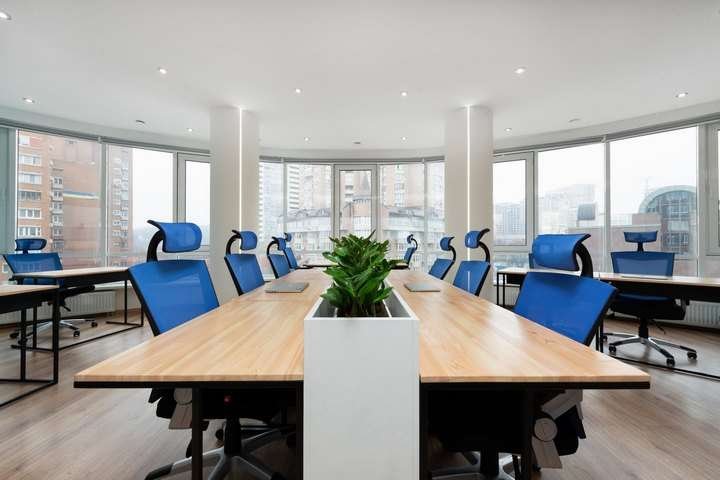Meetings are a common occurrence in the workplace and a relevant part of business management. They are the time and space in which employees communicate their ideas, share important information, discuss performance, and move projects forward. The problem-solving that takes place can result in immense changes. Nonetheless, there is a general trend towards time-wasting in many organizations, wherein meetings are so unengaging that they do not provide valuable results. One possible solution is to address the meeting room equipment and invest in better audio-visual systems.

The following are some commonly used AV products: displays, wireless screencasting systems, projectors, speakers, and cameras. While these may all be familiar devices, there is a notable difference between professional AV equipment and consumer products. Professional instruments are designed for 24/7 usage in organizational spaces, making them more durable and easier to integrate.
Technological issues are exceedingly frustrating and can delay meetings by minutes to hours. Employees may struggle to set up AV systems, or lower-grade devices may fail at inconvenient times. To avoid the substantial decrease in productivity, investing in professional AV systems and central controls with user-friendly interfaces makes sense. With a few taps of a screen, or clicks of keys, presentations or conferences can be up and running.
Even something as simple as cable management can make a meeting space more comfortable for attendees. When there is less distracting clutter, and attendees find themselves in a pleasant, clean area, they are more likely to keep the goal of the meeting in mind.
It can be challenging to design the optimal meeting room. The organizational type and its goals will influence what set-ups would work. For example, a large organization with an artistic business direction could benefit from meeting rooms specific to creative collaboration.





